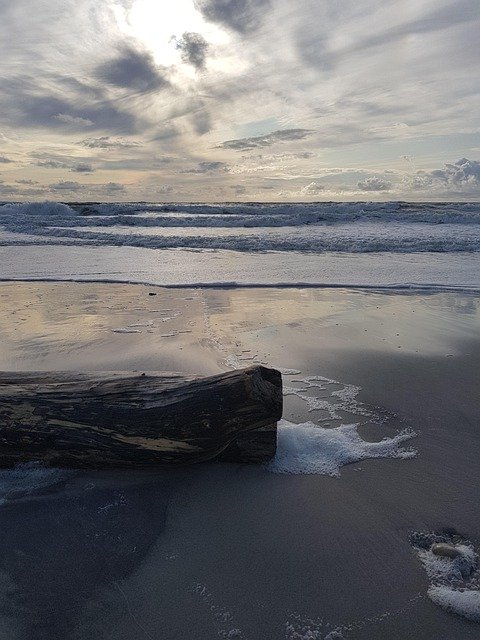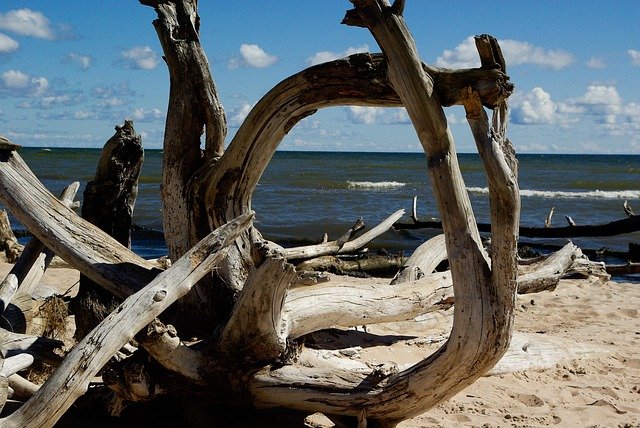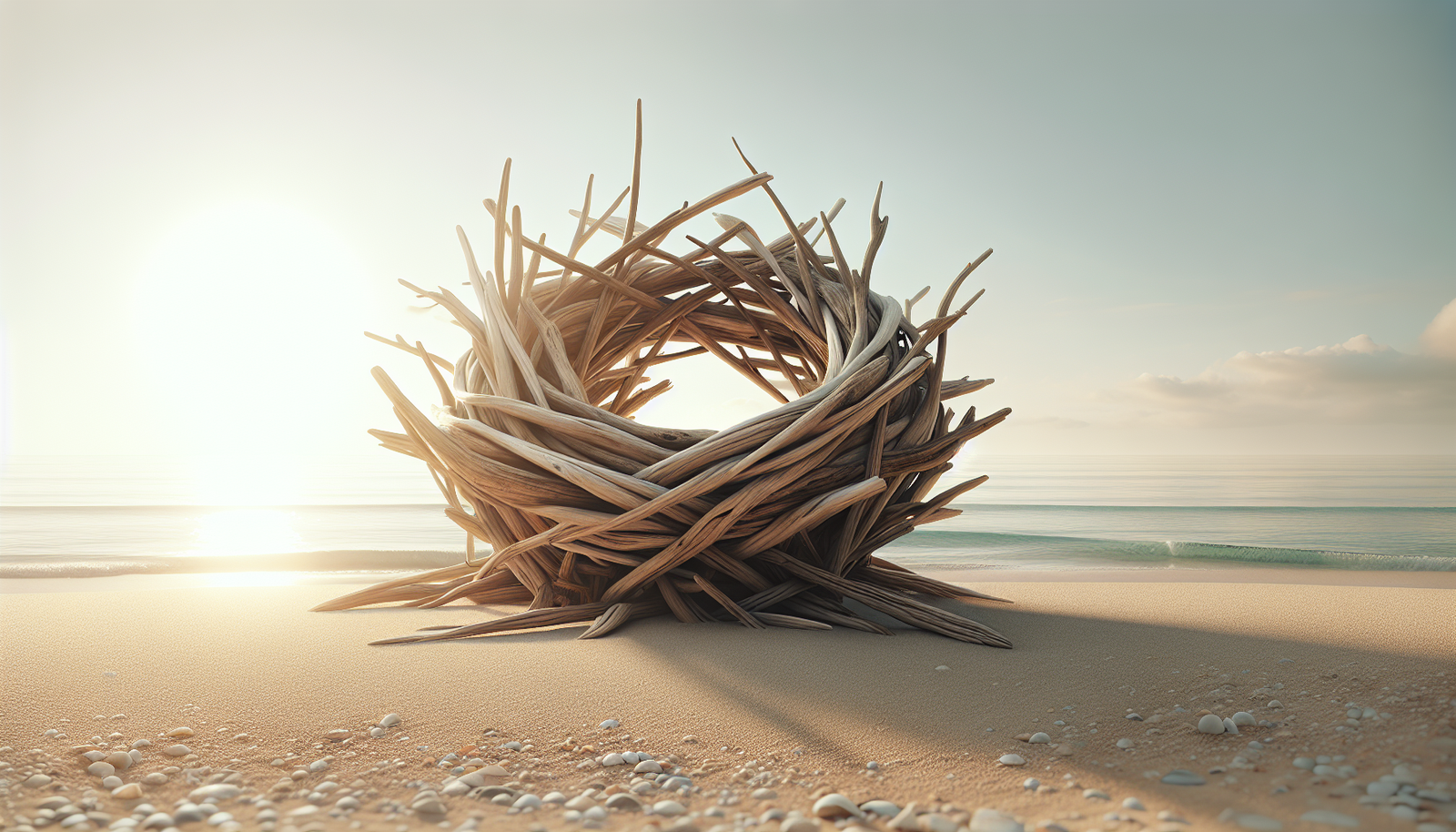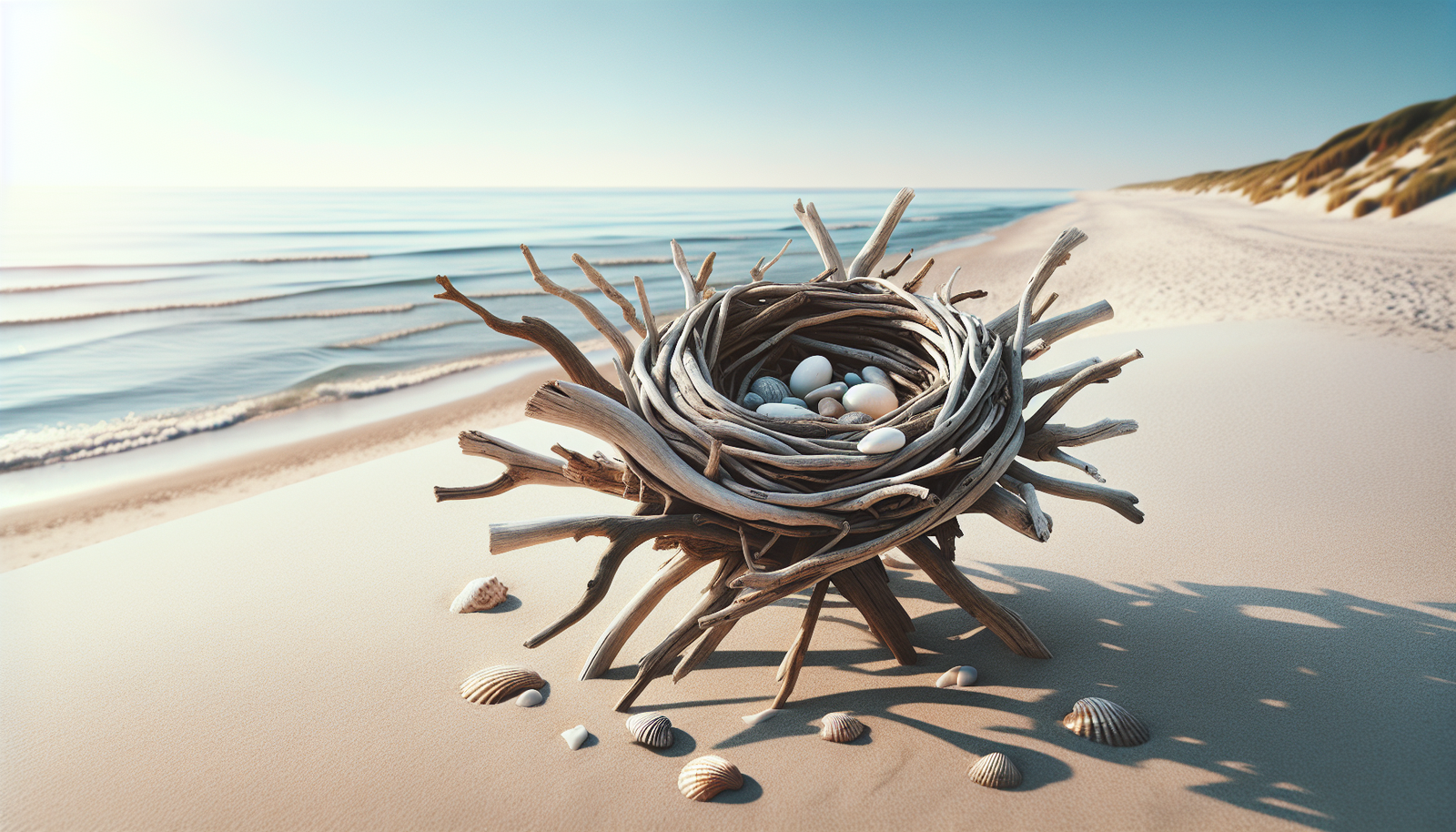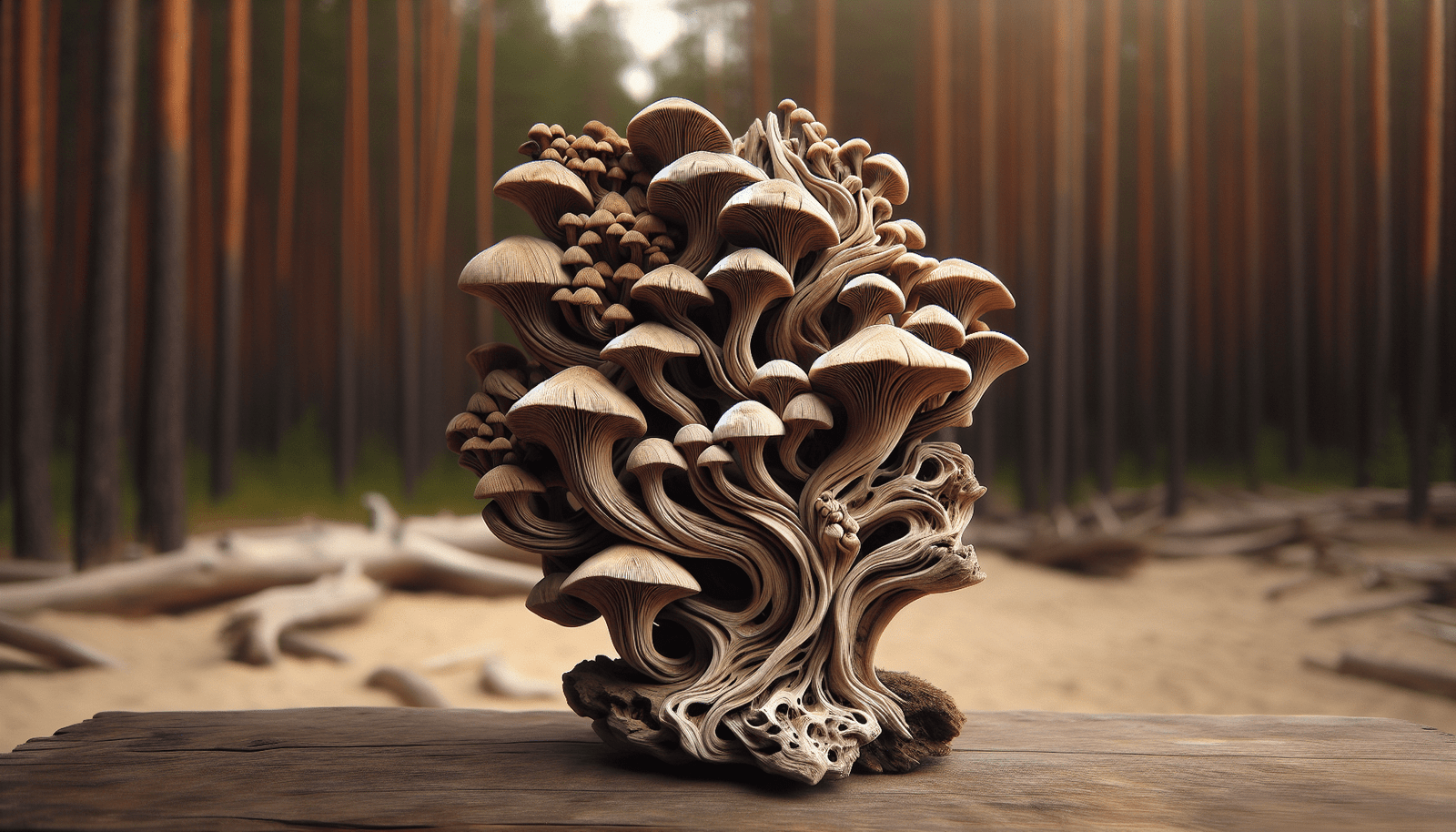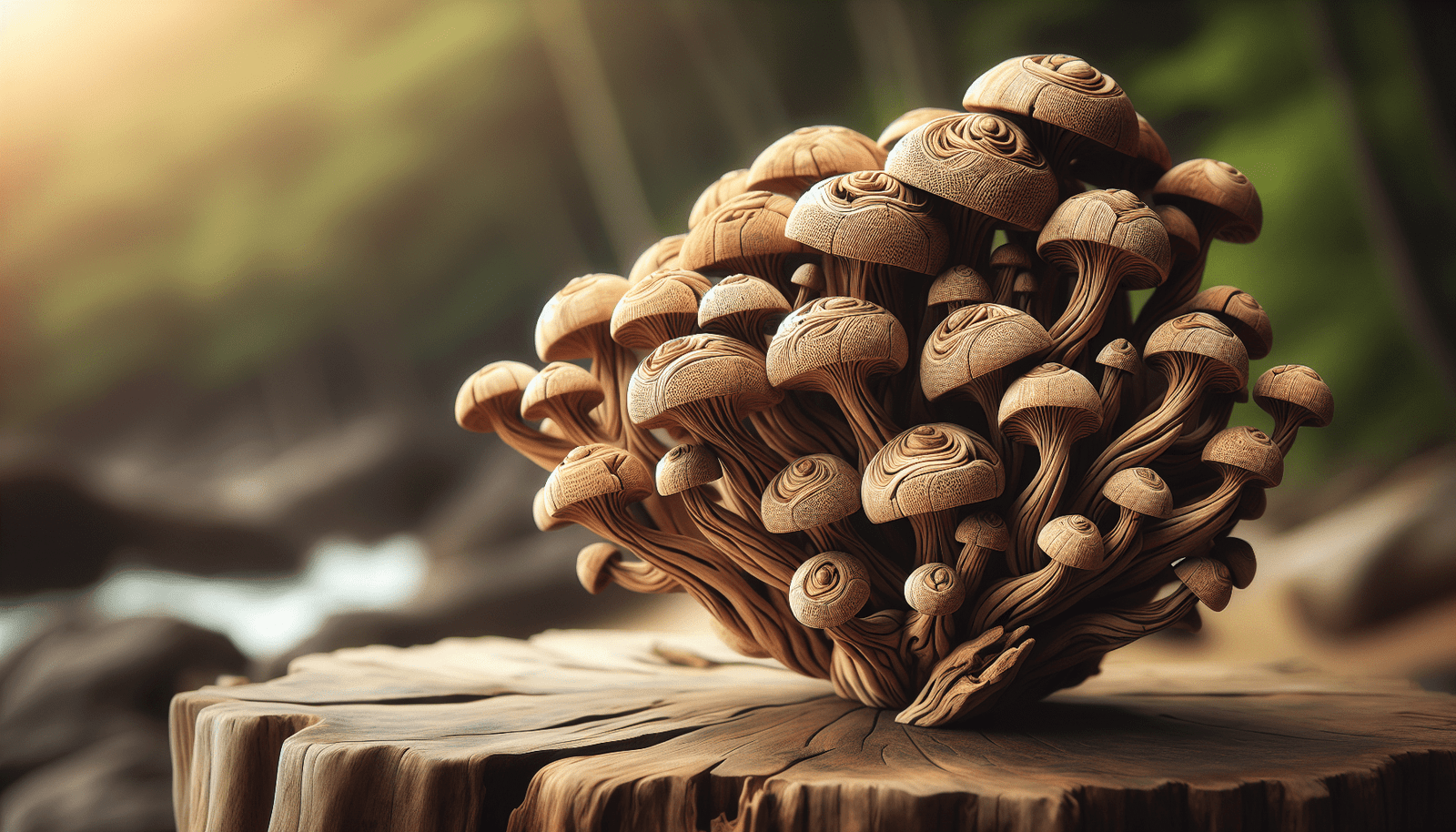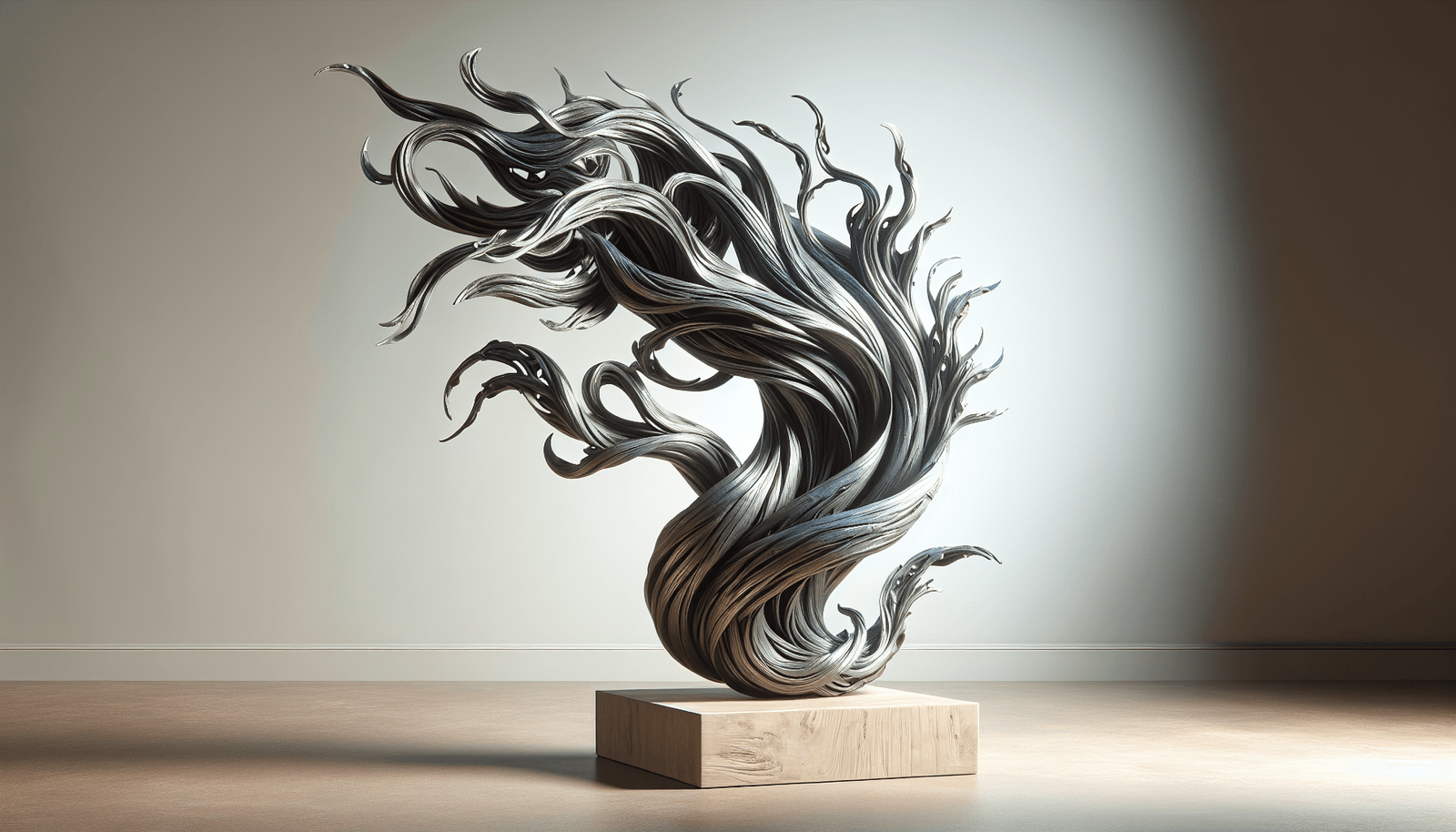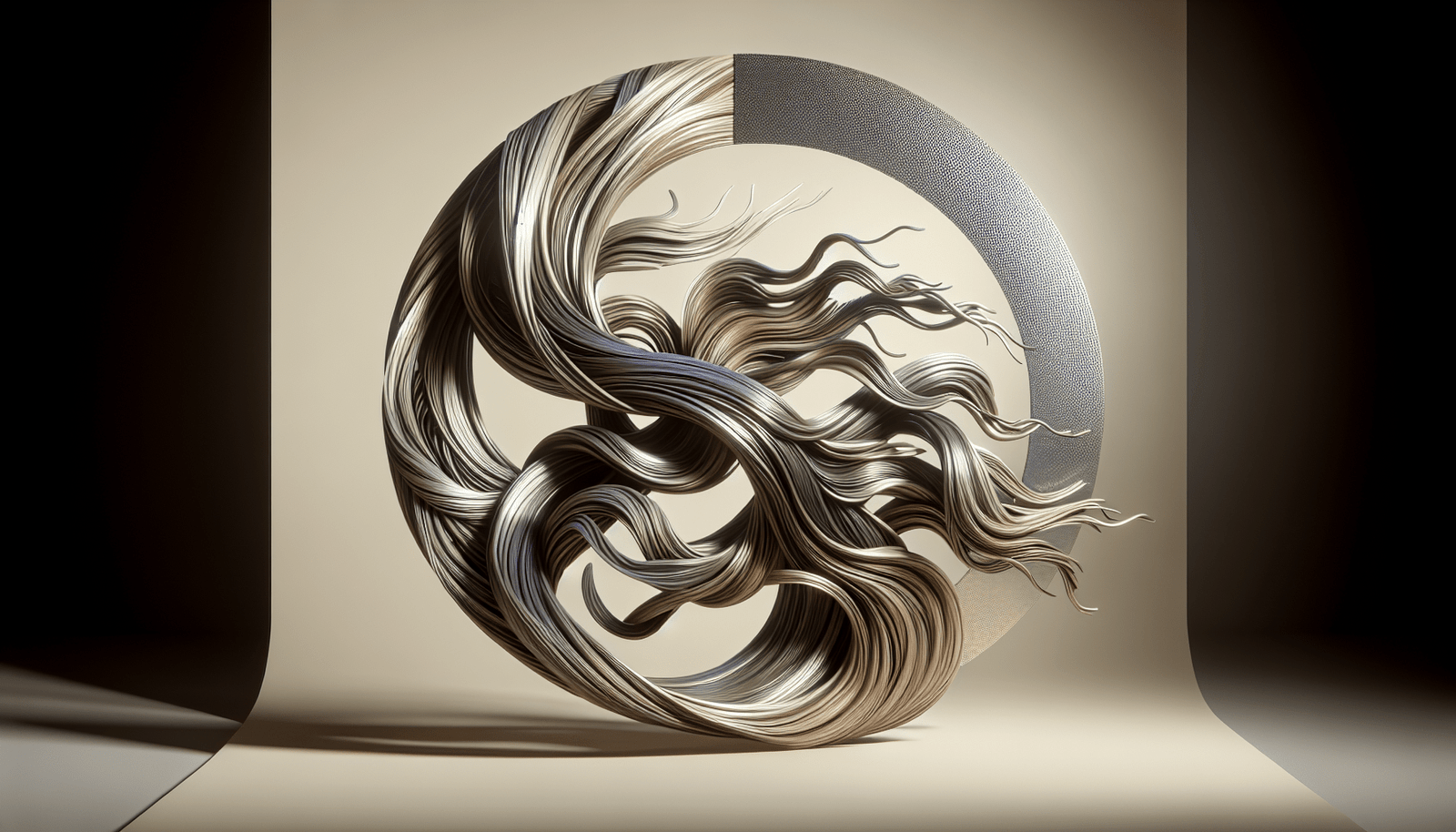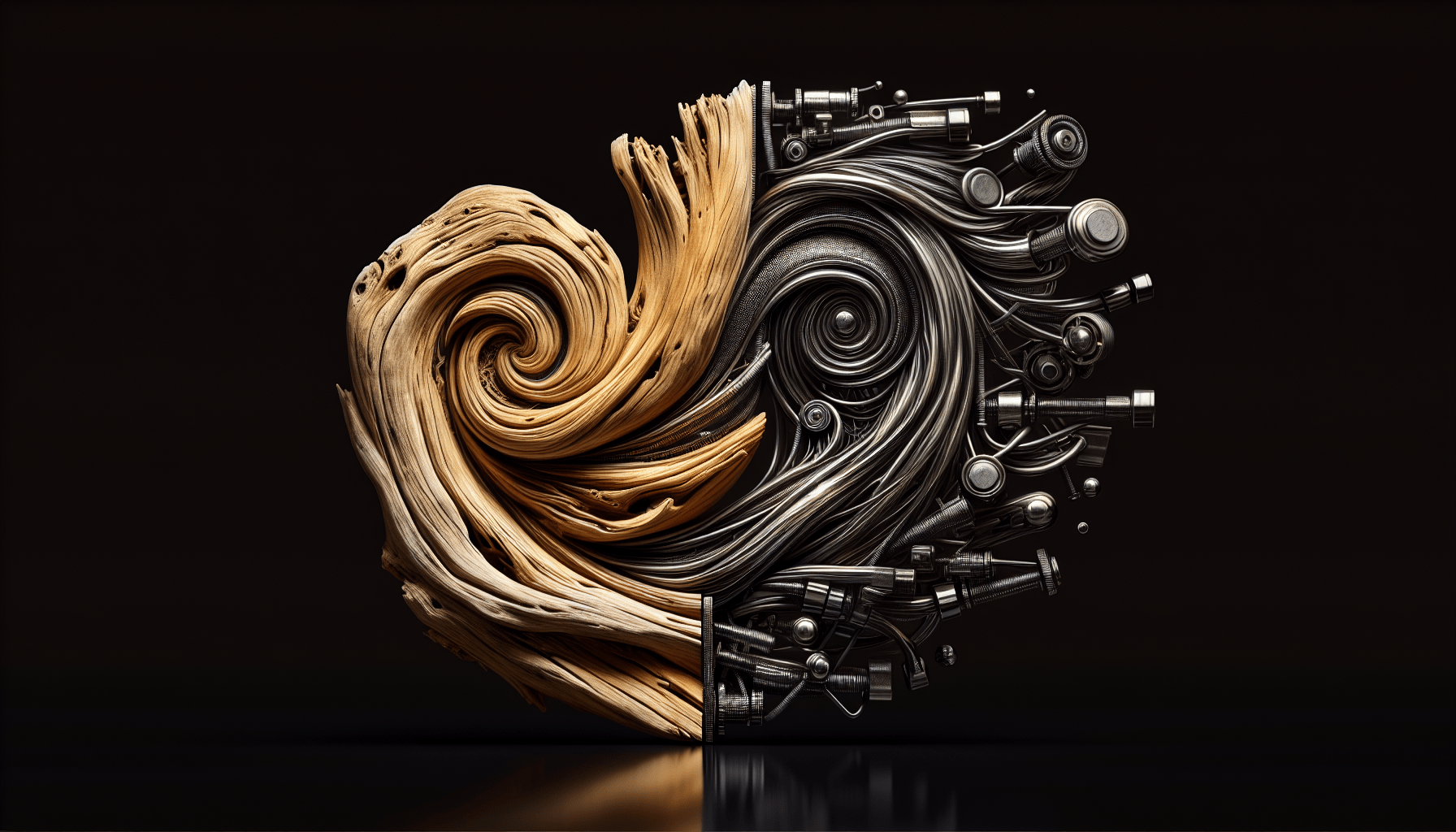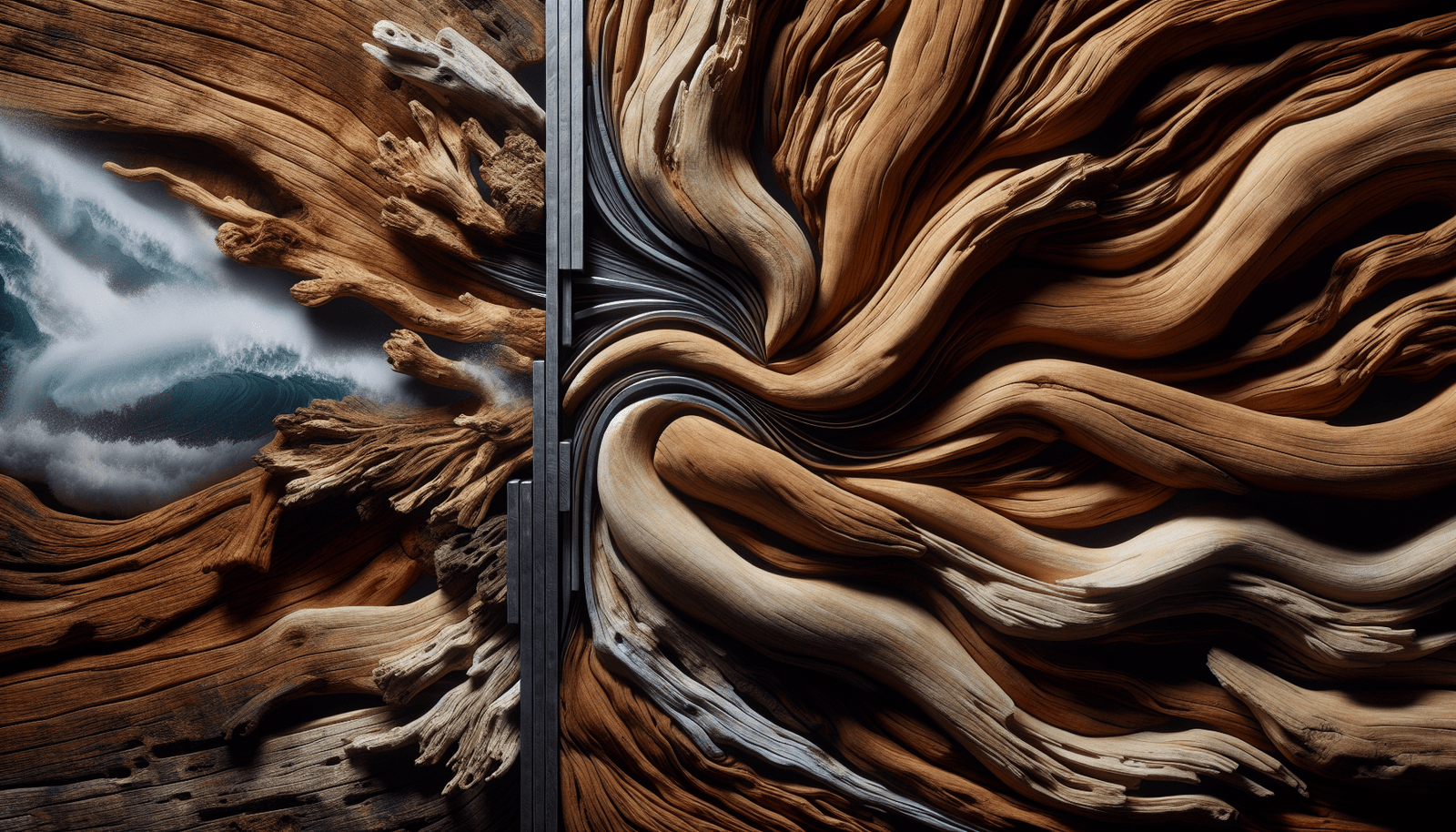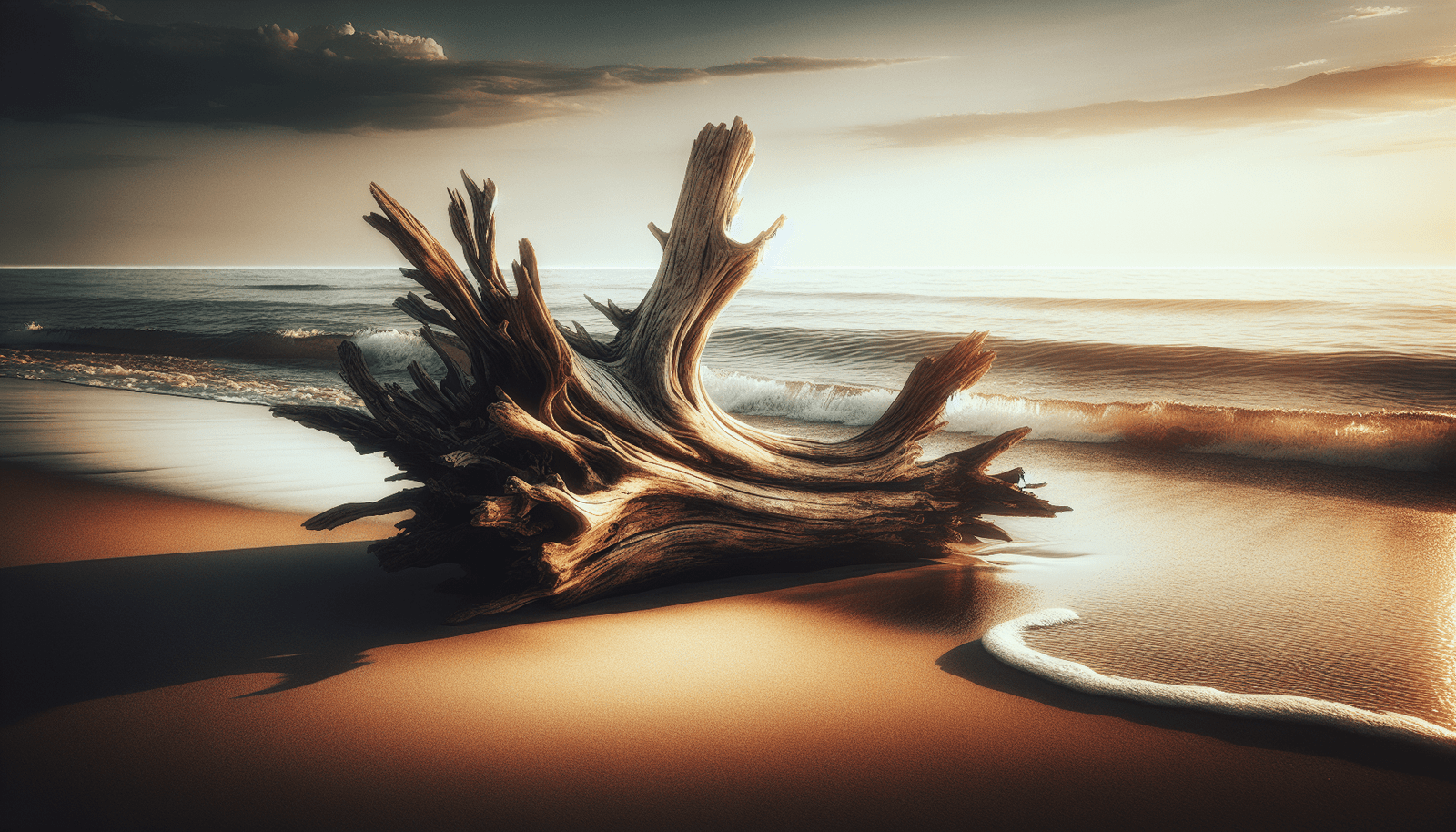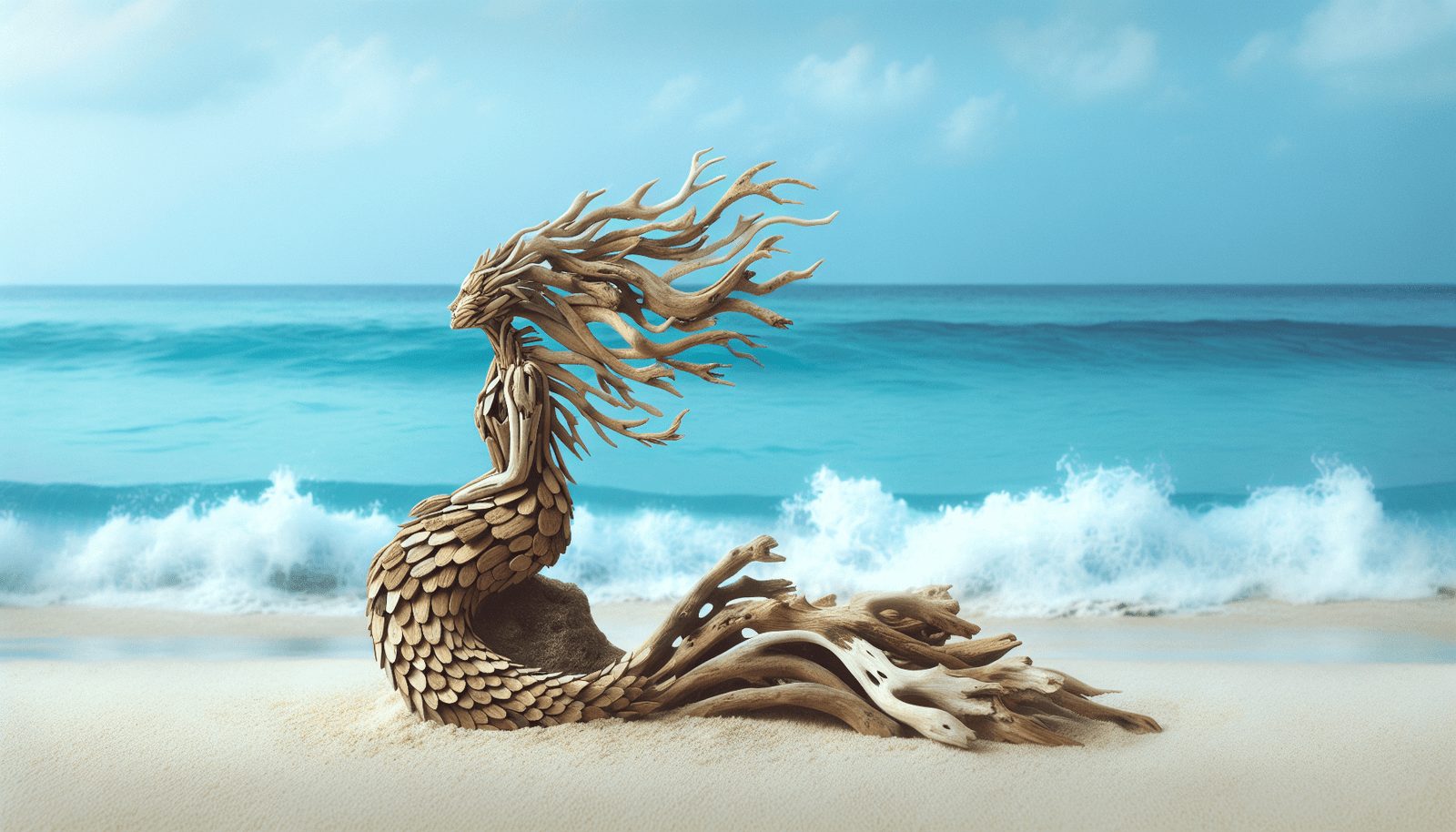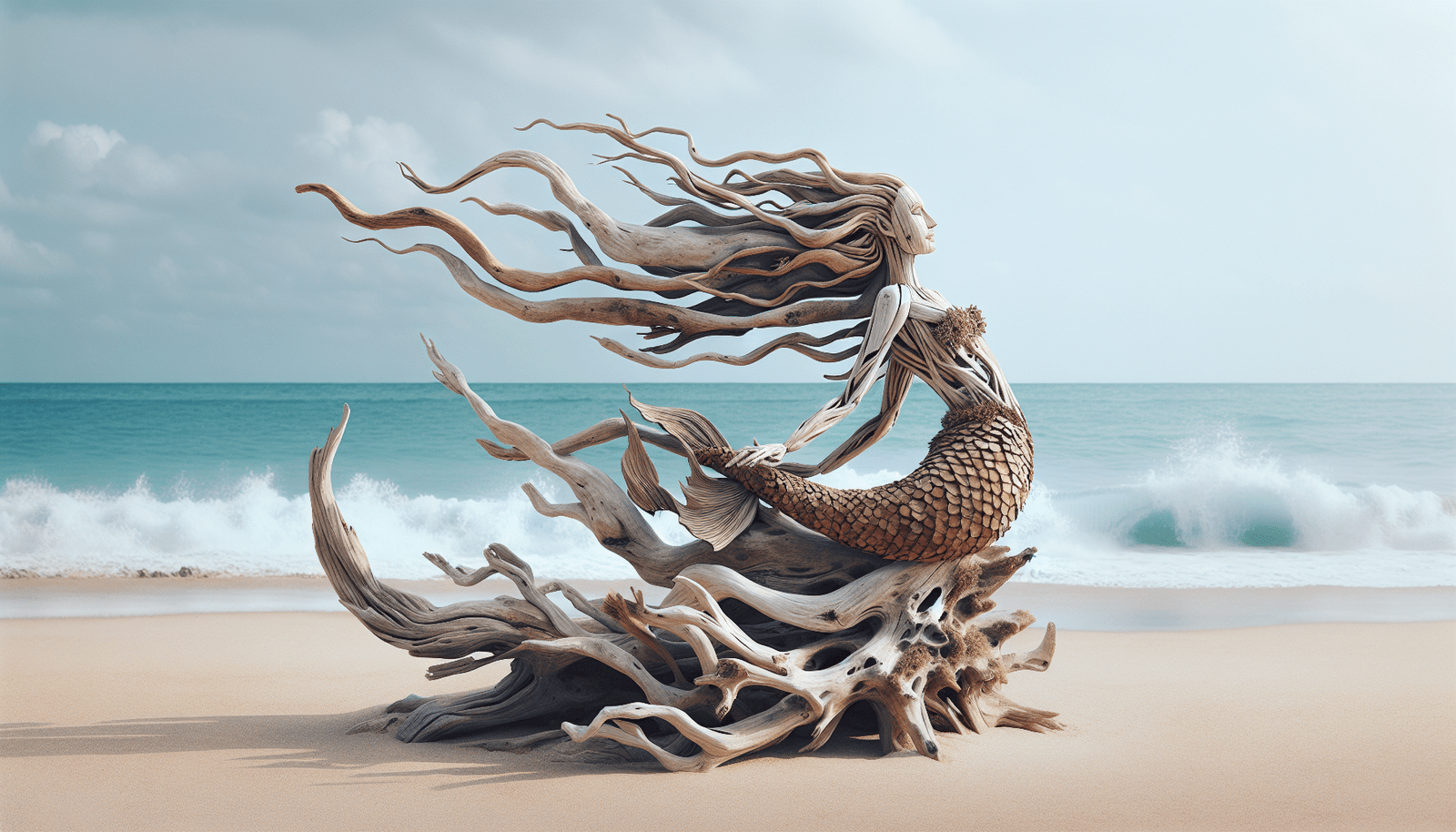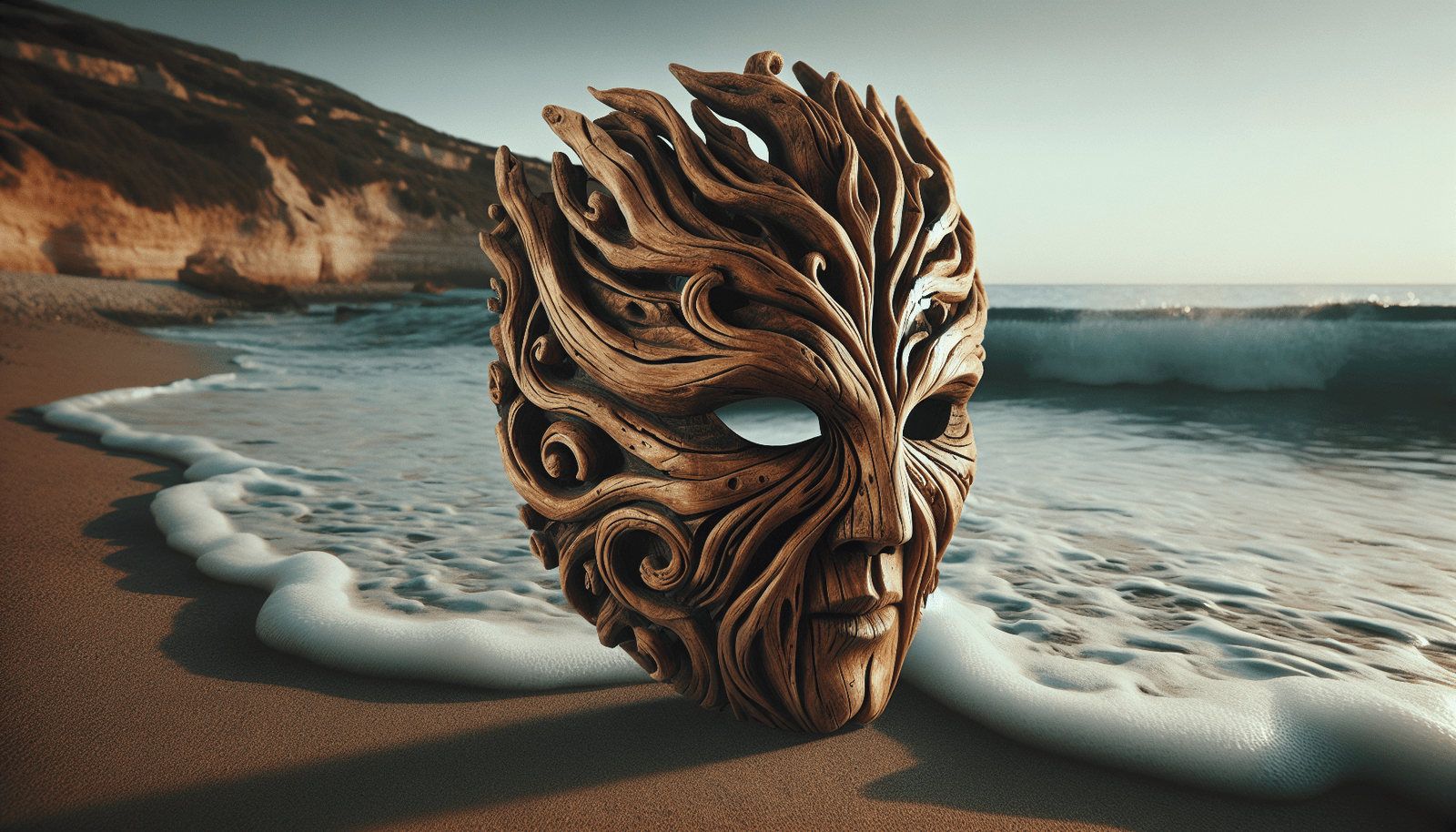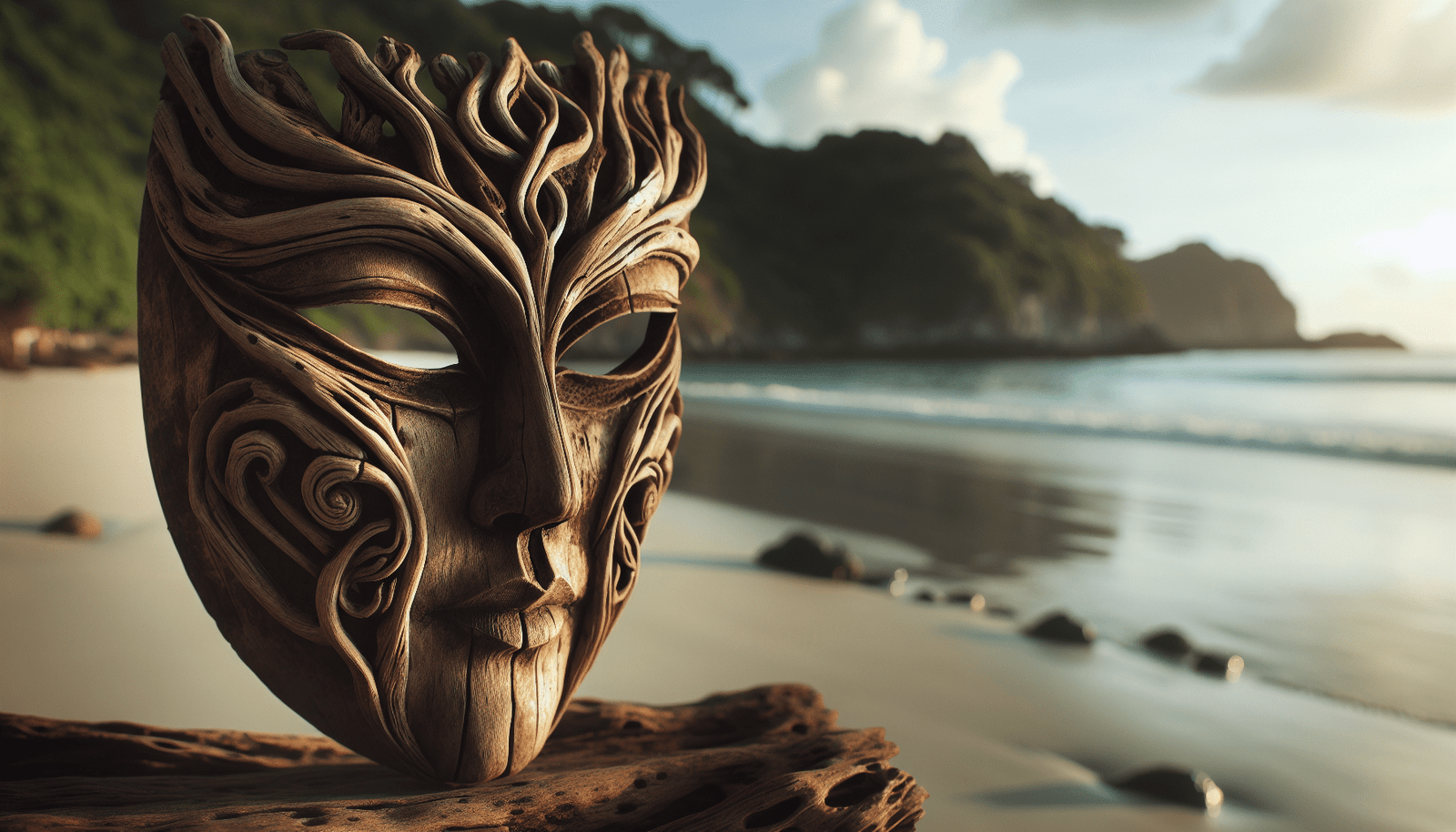Have you ever strolled along a beach and stumbled upon pieces of driftwood scattered across the shore? These seemingly random fragments tell stories of journeys across vast oceans and rivers. But did you know they can also become an artistic medium with mathematical significance? Yes, we’re talking about “Driftwood Numbers,” a fascinating way to combine nature’s artistry with human creativity and numerical patterns.
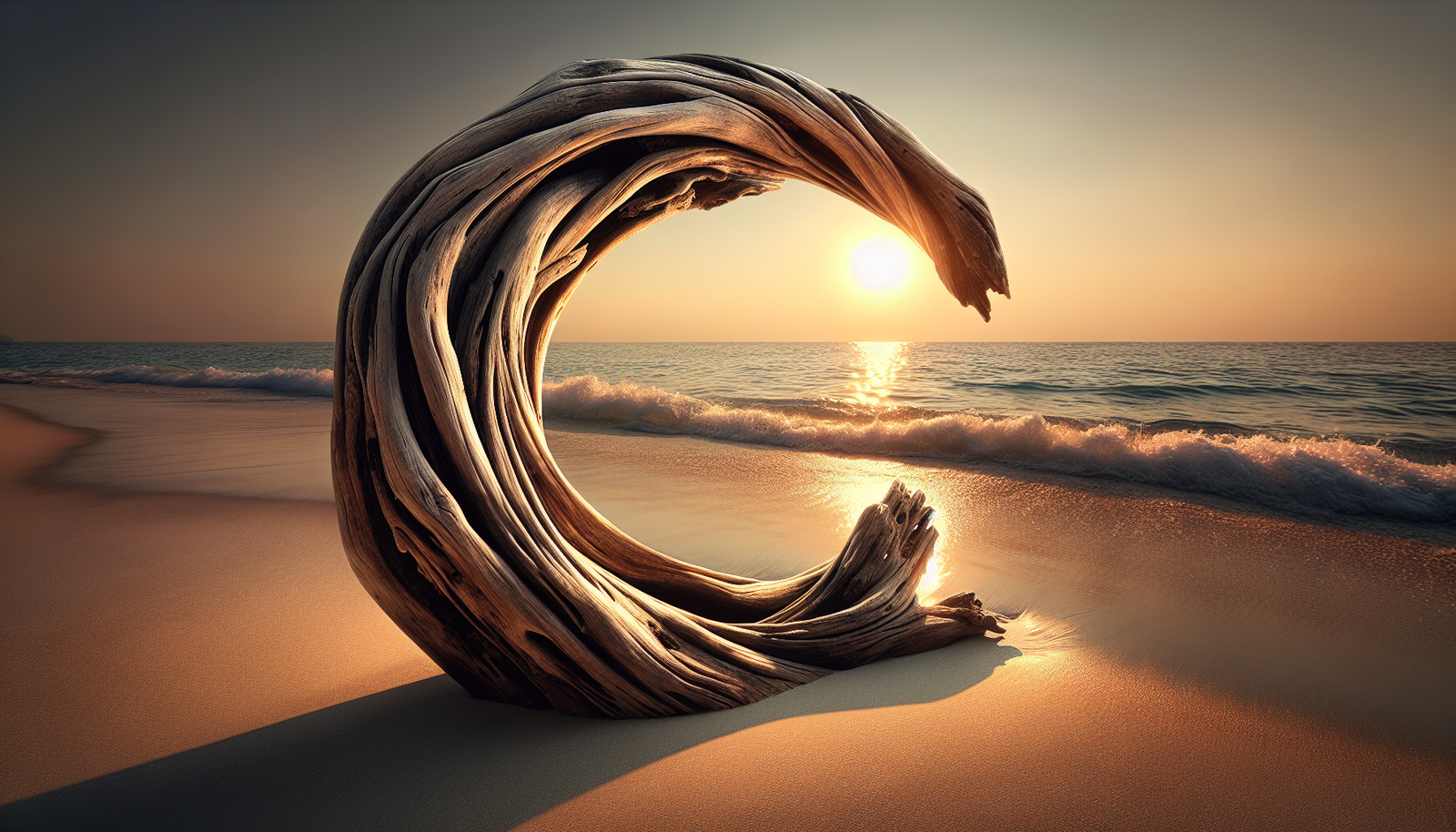
Understanding Driftwood
Before we delve into the concept of Driftwood Numbers, let’s take a moment to appreciate driftwood itself. Driftwood refers to wood that has been washed onto a shore or beach by the action of tides, winds, or waves. Once part of trees, these wooden pieces might have traveled thousands of miles before they reach the beach, worn and smoothed by the elements of nature.
Driftwood’s unique textures and shapes have long attracted artists, designers, and decorators. It carries a rustic charm and an eco-friendly appeal. Moreover, each piece holds a distinct history, molded by time and environment, making it a worthy material for creative endeavors.
The Journey of Driftwood
Understanding the journey of driftwood helps us appreciate its value. Originating from various trees near water bodies, driftwood could potentially travel through different climates and environments. Whether floating down a river, caught in ocean currents, or carried by high tides, each piece picks up a unique character.
Environmental changes affect its physical appearance. Saltwater bleaches wood, waves smooth its edges, and the sun dries its surface, creating the beautiful silvery-grey tones so cherished in home decor and craft.
The Concept of Driftwood Numbers
Now, let’s explore the concept of Driftwood Numbers. At its core, this idea merges the natural allure of driftwood with the precision and orderliness of numbers. It involves using driftwood pieces to create numbers in various forms for artistic and decorative purposes.
Origins of Driftwood Numbers
The origins of Driftwood Numbers aren’t precisely documented, but it’s safe to say that this art form arises from the human tendency to find innovative ways to utilize natural resources. Using naturally-sourced materials to form letters and numbers allows people to bring a touch of nature indoors while expressing themselves creatively.
Combining the natural with the mathematical did not happen by chance. Driftwood Numbers often appeal to those with an inclination towards mathematics and artistic design, leading to unique and thoughtful creations.
Mathematical Aesthetics
Driftwood Numbers can make mathematical concepts visually appealing. When combined with art, numbers take on a dual significance, representing both value and aesthetic quality. Whether used in teaching settings or home decoration, Driftwood Numbers can bridge the gap between abstract concepts and tangible visuals.
Creativity Meets Functionality
Creating Driftwood Numbers involves both creativity and functionality. Gathered driftwood pieces are chosen for their sizes and shapes that best form numeric figures. Artists might choose to present numbers in straightforward forms or create complex designs that embody numerical sequences such as Fibonacci numbers or other mathematical patterns.
Crafting Driftwood Numbers
To craft Driftwood Numbers, you need a few basic supplies and a bit of creativity. Here’s a step-by-step guide to help you get started:
Materials Required
| Material | Purpose |
|---|---|
| Driftwood pieces | The primary material for the numbers |
| Sandpaper | To smooth rough edges if necessary |
| Wood glue or nails | To assemble pieces |
| Paint or varnish | Optional, for finishing touches |
| Saw (if needed) | For cutting larger pieces |
Step-by-Step Process
Collection: Begin by collecting driftwood pieces from a nearby beach. Look for a variety of shapes and sizes, as this diversity will help in forming different numbers.
Cleaning: Rinse the driftwood with clean water to remove any sand or salt residue. Let it dry completely.
Design: Plan your numbers. Sketch ideas on paper to guide the assembly process. Consider symmetry, size proportion, and any artistic theme you wish to emphasize.
Assemble: Using your design as a guideline, start assembling the pieces. Use wood glue for a more seamless look or nails for sturdier construction. Ensure each piece is securely fastened.
Finishing Touches: Once the numbers are put together, sand any rough edges for a smooth finish. Optionally, apply paint or varnish to enhance or preserve the wood’s natural beauty.
Display and Use: Your driftwood numbers are ready! Display them as artistic pieces, use them in educational settings, or incorporate them into home decor—the choice is yours!
Driftwood Numbers in Various Contexts
Driftwood Numbers aren’t just art projects; they have several practical applications, both functional and symbolic.
Educational Use
In educational contexts, Driftwood Numbers offer a tactile learning experience. They appeal to kinesthetic learners who benefit from hands-on activities. Teachers can use them to demonstrate mathematical concepts or number formations, making abstract ideas more concrete for students.
Home Decor
In home decor, Driftwood Numbers introduce a rustic charm while providing a personalized touch. Create wall art, table centerpieces, or garden markers. Whether your style leans toward minimalistic designs or elaborate displays, driftwood’s natural appeal complements a variety of interior themes.
Events and Celebrations
For events, Driftwood Numbers can serve as table numbers at weddings, birthday milestones, or anniversary markers. Their uniqueness adds a special touch to any gathering, and they can be customized to match the theme or color palette of your event.
Symbolic Meanings
Numbers hold symbolic meanings in various cultures and contexts. Using Driftwood Numbers can add layers of meaning to personal spaces. For example, the number three might symbolize balance and harmony in some cultures, while eight may represent prosperity. Understanding these significances allows for deeper personalization of your numeric art.
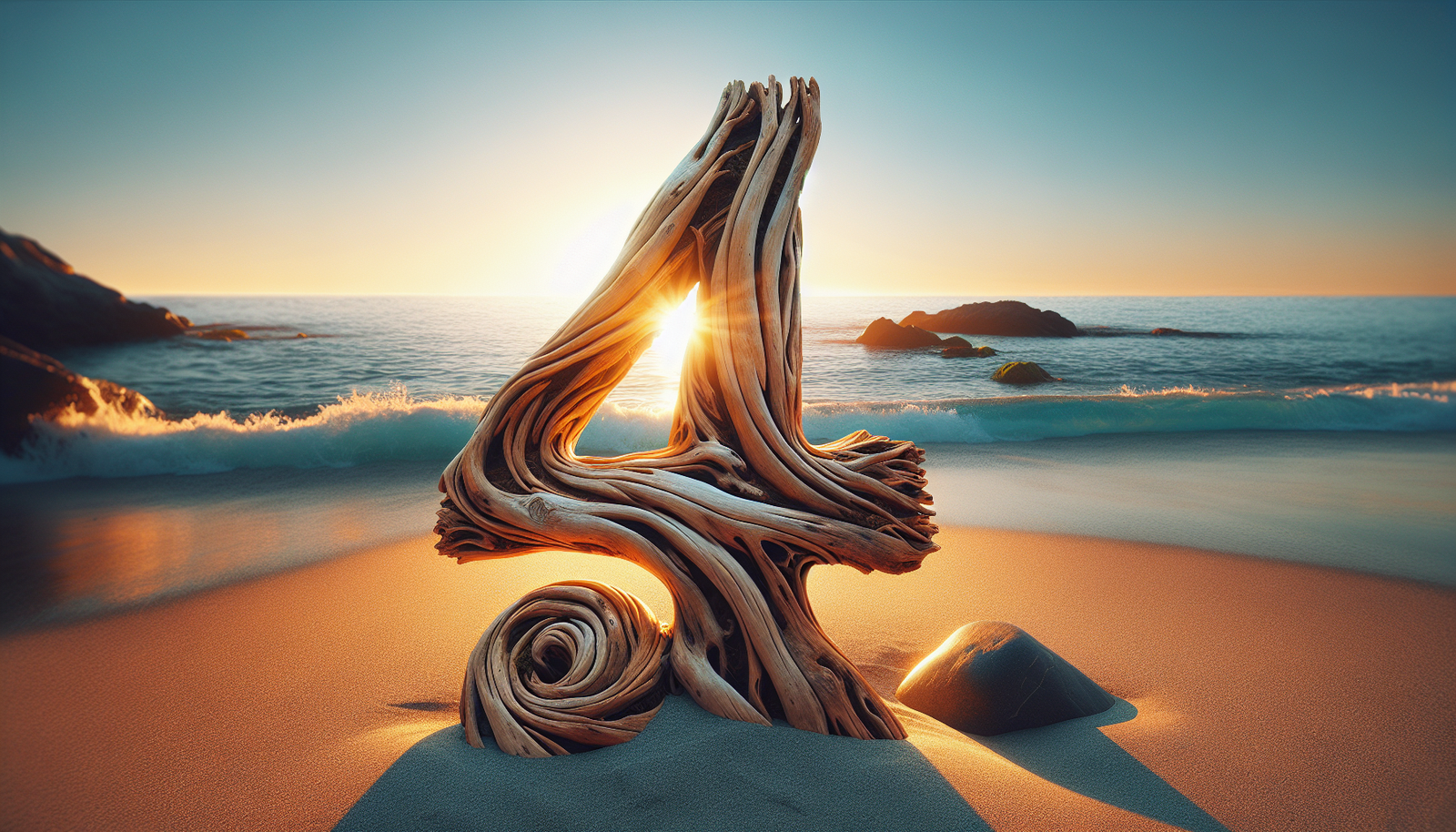
Sustainability and Environmental Impact
Driftwood Numbers also contribute to sustainable living practices. By repurposing driftwood, you are embracing an eco-friendly lifestyle that reduces reliance on manufactured materials. This reuse of natural resources emphasizes the importance of sustainability in everyday practices.
Environmental Benefits
- Reduction of Waste: Using driftwood reduces the demand for new wooden products, helping to curb deforestation.
- Natural Recycling: Driftwood naturally decomposes back into the environment if left alone, reducing waste accumulation.
- Awareness and Education: Engaging with driftwood projects raises awareness about environmental conservation and the impact of pollution on marine life.
Ethical Considerations
While collecting driftwood, it is important to consider the environmental implications. Always ensure you are gathering driftwood legally and ethically. Some areas may have restrictions on removing it due to its role in local ecosystems, such as providing habitat for insects or stabilizing sand dunes.
Inspiring Creativity and Connection
Driftwood Numbers liken creativity to a mathematician’s precision and an artist’s passion. As you create and use these numbers, you connect more deeply with natural processes, fostering a sense of unity with the environment.
Creative Expression
Crafting Driftwood Numbers provides an outlet for artistic expression. Whether you’re meticulously aligning pieces for precision or creating abstract formations, each project becomes a personal statement.
Community and Collaboration
This art form can also be a collaborative activity. Invite family or friends to work on larger pieces together, or host workshops where participants bring their interpretations to light. Sharing ideas enriches the creative experience and fosters stronger community bonds.
Conclusion
Driftwood Numbers stand as a testament to the beautiful integration of nature and mathematics. Through simple pieces of wood washed ashore, there’s the potential for artistic expression, functional use, and environmental consciousness. The next time you find yourself at the beach, let your imagination wander to the limitless possibilities of those sun-bleached branches. Remember, with a little creativity and craftsmanship, your driftwood discovery could become much more than just a piece of wood, but a work of art that tells its own unique story.

